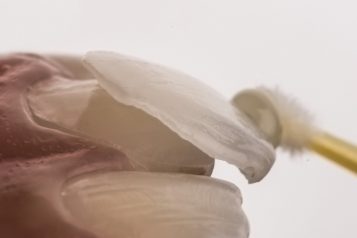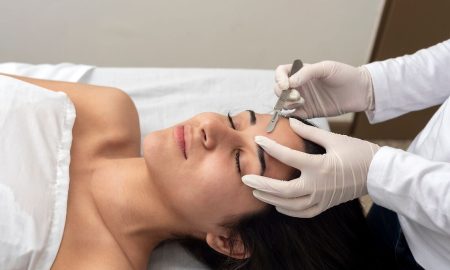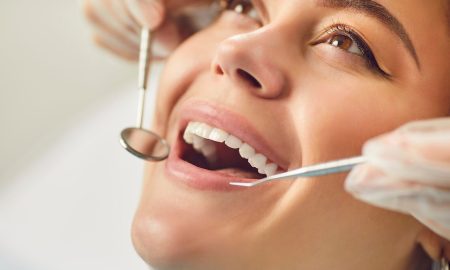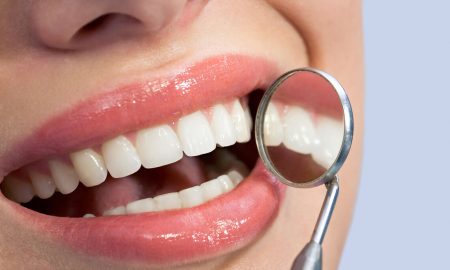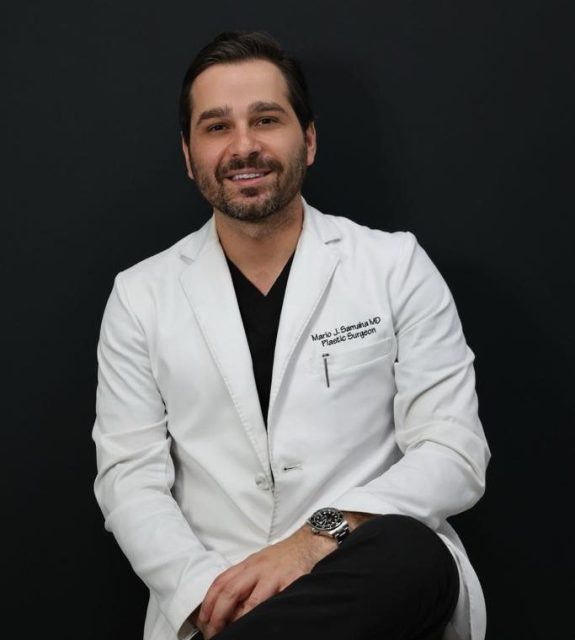
In terms of cosmetic surgery satisfaction, breast augmentation is at the top of the list. According to RealPatientRatings.com, this procedure gets a 95.8% approval rating from patients who span the entire spectrum of ages and stages of life. But despite implant-safety ups and downs since their introduction in the 1960s, “Breast implants have undergone several different iterations since their inception and have been the subject of extensive research by the FDA and plastic surgeons alike. Since the FDA moratorium on silicone implants in the early 1990s, silicone implants have never been linked to the development of mixed-connective tissue disorders like lupus. Following improvements of the silicone shell and cohesiveness of the silicone on the inside, there is significantly less risk of silicone being absorbed widespread into the body if there is an implant rupture,” says Dr. Michael Ogilvie, a double board-certified reconstructive and plastic surgeon. The decision to proceed with breast augmentation is just the first of many choices you’ll have to make during the planning process, and it’s important to understand the nuances so you can make the best decisions for both yourself and your body.
Silicone vs. saline
The choice of implant filler is one of the biggest breast-augmentation decisions, and there are several factors to consider. The two FDA-approved filler options are saline and silicone, and each come along with their own unique attributes. Representing approximately 12% of implants chosen by patients (according to The Aesthetic Society), saline implants are filled with sterile salt water that poses no health threat in the event of leakage. “Besides posing no health risk, the other benefits of saline implants are that in an event of a rupture there is a dramatic loss of volume and therefore the rupture is easily detected, the FDA requires no routine imaging of saline implants and finally, if the patient would like to have a volume larger than the 800 cc limit of silicone implants, saline implants can be filled to the patients’ desire. While there are positives to saline implants, there are also negatives as well. Saline implants tend to have a thicker shell and therefore don’t feel as natural. They are also more prone to rippling and can be more noticeable below the skin as compared to their silicone counterparts,” says Dr. Ogilvie.
If you’re leaning toward silicone, there are two options within this filler category. “Silicone today is not liquid, but rather a cohesive silicone gel. The consistency of the gel can range from mildly to highly cohesive. When highly cohesive it is called ‘form-stable,’ which means the filler maintains its shape even if the implant’s outer shell is compromised,” explains board-certified plastic surgeon Dr. Asaad H. Samra. Form-stable silicone implants are often referred to as “gummy bear” implants.
Smooth vs. textured
In addition to your choice of implant filler, you can also choose between a smooth or textured outer implant shell. According to Dr. Samra, “Smooth implants are more commonly used as they often feel softer, and because they are free to move within the breast pocket, they may offer more natural-looking movement. Textured implants, however, have been found to have a lower risk of capsular contracture, a breast-augmentation side effect that causes a hardening or disfigurement of the implant after insertion. This shell maybe a good choice especially if the implant will be placed above the chest muscle.”
But it’s important to note that textured implants have been associated with a rare type of cancer called anaplastic large cell lymphoma (or ALCL)—and a number of U.S. and international implant manufacturers voluntarily recalled both saline- and silicone-filled implants with textured shells last year.
Shape and projection
Breast implants are available in round as well as a teardrop shape that mimics the natural anatomy of the breast. “The decision to select the very best implant for you should be made during your consultation. At this time, the pros and cons of each implant should be thoroughly discussed. Your clinical assessment based on your body anatomy and measurements will help dictate the correct implant for optimal results,” says Dr. Ran Stark, a double board-certified plastic surgeon.
Projection refers to the distance that the implants protrude from the chest, so if you imagine an implant sitting on a table, this would represent their height. According to Dr. Stark, “The decision on what projection implant to use really depends on several factors, including the patient’s goal and desires, the skin and tissue quality and lastly what procedure is being performed—whether a breast augmentation or a breast lift with an augmentation. During my consultation, I use 3D imaging to help educate the patient on what they will look like. This tends to better inform and help patients visualize their end result.”
Incision placement
Scars are always a consideration when it comes to any type of surgery. There are four breast-augmentation incision options, however the ideal approach can be dictated by patient preferences and the surgeon’s experience. “Regardless of incision placement, most scars fade over time if cared for properly. If necessary, post-surgical laser treatments can help refine the color and texture of scars to minimize visibility,” explains Dr. Rian Maercks, board-certified plastic surgeon.
- Inframammary: Placed underneath the breast in the natural fold, this incision is an option for all types of breast implants.
- Periareolar: In some cases, breast implants can be inserted through an incision around the nipple.
- Transaxillary: The incision is hidden and completely off of the breast and is an option for all types of breasts implants with the use of specialized surgical techniques.
- Transumbilical (or TUBA): The least common incision used, saline implants (which are filled after the shell has been placed in the breast pocket) can be inserted through a tunnel that originates in the navel.
Over the muscle vs. under the muscle
When performing breast augmentation, the surgeon creates a space within the breast to place the implant. This pocket can be either beneath the pectoral muscle, beneath the breast tissue or between a tissue called fascia and the muscle. According to Dr. Maercks, “The ideal implant placement depends on the type of implant selected, the degree of desired size increase and the patient’s unique anatomy. In general, the subfascial approach allows for more of a natural shape with better cleavage and avoids the strange changes in shape that can be seen with submuscular placement. Placement under the muscle can provide more coverage of the implant in thin women looking for larger and more projecting breasts."








